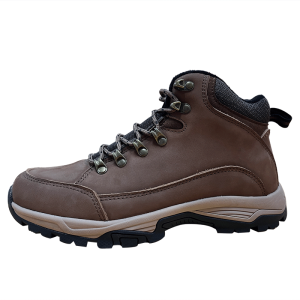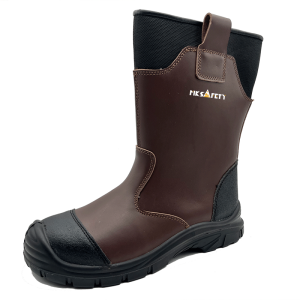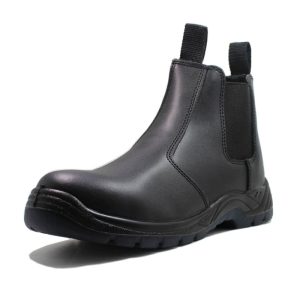With the sudden drop in temperature, winter has arrived. In cold weather, our feet are vulnerable to frostbite and cold-related issues. To ensure our safety and well-being, it is crucial to choose a suitable pair of cold-proof safety shoes.
This article will present the features of cold-proof safety shoes, their usage guidelines, and tips for selecting the right pair.
Features of Cold-Proof Safety Shoes
Excellent insulation:
Cold-proof safety shoes are made of high-quality insulating materials such as wool lining and cold-resistant fabrics. They effectively retain warmth and prevent the intrusion of cold air.
Strong waterproof performance:
Winter often brings rain and snow. Cold-proof safety shoes are designed with waterproof materials, preventing water from seeping inside and keeping your feet dry.
Cold-resistant and slip-resistant:
These shoes feature a slip-resistant outsole with cold-resistant rubber, providing excellent traction even in low-temperature environments. This reduces the risk of slips and falls.
Comfort and breathability:
Cold-proof safety shoes are made with breathable materials, ensuring comfort and keeping your feet dry. They also reduce discomfort caused by foot perspiration.
Guidelines for Using Cold-Proof Safety Shoes
Proper fitting:
When wearing cold-proof safety shoes, ensure a snug fit and tie the laces tightly to maintain stability. Choose suitable socks to enhance insulation.
Regular maintenance:
After use, promptly clean off snow and mud from the shoe surface to keep them clean. Periodically apply waterproof spray to enhance the shoe’s waterproof performance.
Slip-resistant measures:
Exercise extra caution when walking on icy or snowy surfaces. Avoid walking on heavily iced or snow-covered areas. If necessary, use slip-resistant shoe covers or attach anti-slip snow grips to increase stability and safety.
Selecting the Right Cold-Proof Safety Shoes
Material choice:
High-quality cold-proof safety shoes are made of special materials that are waterproof, breathable, and insulating. When purchasing, opt for shoes made from such materials to ensure comfort and warmth.
Proper sizing:
Choosing the correct size is crucial for comfort and stability. Avoid shoes that are too large or too small, as they can affect your overall experience. Try on the shoes personally to ensure a proper fit. Leave enough space for thick socks or insoles.
Slip-resistant outsole:
Good slip resistance on icy surfaces is vital. Select shoes with well-designed outsoles, featuring deep tread patterns and durable rubber material for better grip and stability.
Protective features:
Cold-proof safety shoes should offer adequate protection, such as steel toe caps or composite materials for toe protection, as well as anti-static and puncture-resistant features. These characteristics safeguard your feet from unexpected impacts and injuries.
Brand reputation:
Opt for reputable brands of cold-proof safety shoes that offer higher quality and reliability. Check consumer reviews and consult professionals to assess a brand’s reputation and product quality.
Cold-proof safety shoes are essential protective gear for winter, ensuring the well-being of our feet in cold conditions.
When selecting cold-proof safety shoes, consider their insulation, waterproofing, cold resistance, comfort, breathability, slip resistance, and protective features. Proper usage and maintenance are equally important for prolonging their lifespan and preserving their performance.
Choose the right size, high-quality materials, excellent slip resistance, and protective features, as well as brands with a good reputation, to provide the best protection. Wearing a suitable pair of cold-proof safety shoes in the cold winter will keep our feet safe, warm, and secure.









